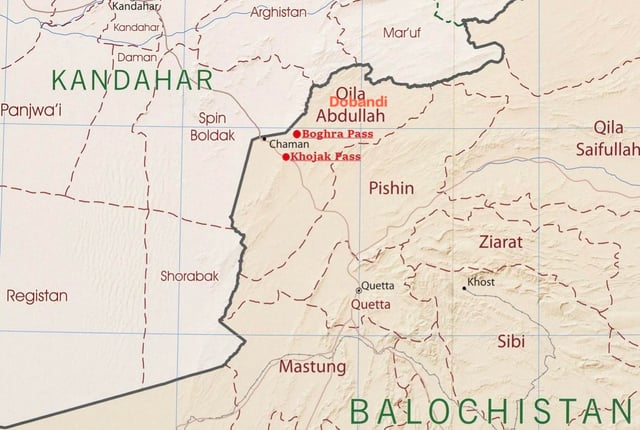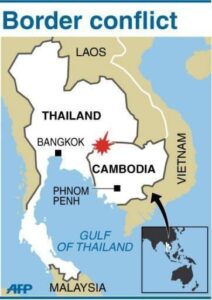1. Context and Occasion
Date Observed: 23rd October 2025
Event: International Snow Leopard Day
Organised by: Ministry of Environment, Forest and Climate Change (MoEFCC)
Key Leader: Shri Bhupender Yadav, Union Minister for Environment, Forest and Climate Change
2. Theme & Initiative – ‘#23for23’
Concept: Encouraged citizens to engage in 23 minutes of physical activity (like walking, yoga, running, etc.) to promote awareness about snow leopard conservation.
Objective:
To symbolically connect “23 minutes” with “2023 International Year of Millets” and 2023’s focus on conservation fitness.
To involve citizens, institutions, students, and even the Indian Army in conservation awareness.
Focus: Citizen participation and awareness for snow leopard and habitat conservation.
3. Key Highlights
India celebrated the day nationwide, showing the collective responsibility towards wildlife protection.
Shri Yadav lauded the efforts of:
Local communities in Himalayan regions,
Research institutions, and
Security forces (Indian Army) for their role in protecting fragile ecosystems.
4. First-ever Snow Leopard Census of India
Conducted by: Ministry of Environment, Forest and Climate Change (MoEFCC) with Wildlife Institute of India (WII) and partner states.
Purpose: To get a scientific estimate of the snow leopard population and distribution in India.
Result:
Total recorded: 718 individual snow leopards across the Indian Himalayas.
Regional distribution:
Ladakh: 477 (largest population)
Uttarakhand, Himachal Pradesh, Sikkim, Arunachal Pradesh, and Jammu & Kashmir – remaining population.
5. Conservation Significance
Snow Leopard (Panthera uncia):
Also called the “Ghost of the Mountains.”
An apex predator and indicator species for high-altitude ecosystem health.
IUCN Red List: Vulnerable
Listed in:
Schedule I of the Wildlife (Protection) Act, 1972
CITES Appendix I
6. India’s Conservation Efforts
Under PM Narendra Modi’s Leadership, conservation programmes have shown positive outcomes.
Key Programmes & Initiatives:
Project Snow Leopard (PSL):
Launched in 2009.
Aims at conserving high-altitude ecosystems through community participation.
SECURE Himalaya Project:
Joint initiative of MoEFCC and UNDP (funded by Global Environment Facility – GEF).
Focus on sustainable livelihood and conservation in snow leopard landscapes.
GSLEP (Global Snow Leopard and Ecosystem Protection Programme):
Launched in 2013 in Bishkek (Kyrgyzstan).
A multinational alliance of 12 snow leopard range countries, including India.
Aims to secure 20 snow leopard landscapes by 2020 and beyond.
Community-based Conservation:
Engaging local communities in eco-tourism, livelihood diversification, and habitat restoration.
7. Ecological Importance of Snow Leopards
Role: Keystone species of the Himalayan ecosystem.
Function: Maintains ecological balance by regulating herbivore populations.
Habitat: Harsh alpine and subalpine zones (altitude: 3,000–5,500 meters).
Range in India:
Ladakh, Jammu & Kashmir, Himachal Pradesh, Uttarakhand, Sikkim, and Arunachal Pradesh.
8. Challenges in Conservation
Habitat fragmentation and degradation due to infrastructure and tourism.
Human-wildlife conflict (livestock depredation).
Poaching for fur and bones.
Climate change, leading to shifting vegetation and prey loss.
Limited scientific data due to difficult terrain.
9. Way Forward / Government’s Vision
Strengthen science-based monitoring through camera trapping and genetic studies.
Expand protected areas and wildlife corridors.
Integrate local community participation in decision-making.
Promote transboundary cooperation under GSLEP.
Encourage eco-sensitive tourism and awareness initiatives like #23for23.
10. UPSC Relevance
Prelims:
Snow Leopard habitat and status (IUCN, Schedule I, CITES Appendix I)
Project Snow Leopard, SECURE Himalaya, GSLEP initiatives
Locations of snow leopard population in India
Mains (GS Paper 3 – Environment & Biodiversity):
Government initiatives for wildlife conservation
Community participation in conservation
Role of science and monitoring in species protection
Human-wildlife conflict in Himalayan ecosystems
11. Quick Facts
| Aspect | Detail |
|---|---|
| Species | Snow Leopard (Panthera uncia) |
| IUCN Status | Vulnerable |
| Found in India | Ladakh, J&K, Himachal Pradesh, Uttarakhand, Sikkim, Arunachal Pradesh |
| Census (2025) | 718 individuals |
| Largest population | Ladakh – 477 individuals |
| Initiative | #23for23 |
| Programme Linkage | GSLEP, Project Snow Leopard, SECURE Himalaya |
| Minister | Shri Bhupender Yadav |







